Time:2024-06-25 08:57:45 Views:
Hello everyone, I am the editor of YAXIN Electric Appliances. I have been deeply involved in home appliance purchasing for many years. Follow me and help you quickly make purchases and avoid detours!
I often ask which fan to choose, such as a bladeless fan, an air circulation fan, a tower fan, an air conditioning fan, or a floor fan? My answers are all based on my own needs and cannot be generalized.
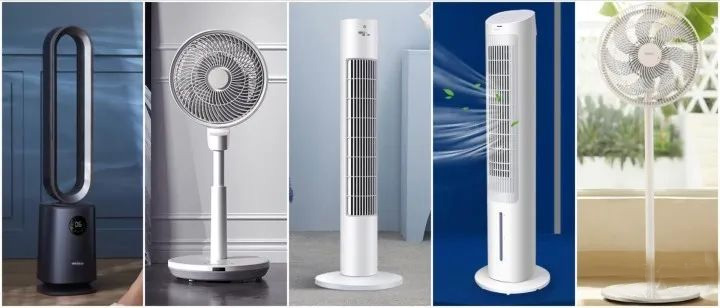
There have been many explanations, and the advantages and disadvantages of five types of fans have been basically summarized. In this issue, I will take you to learn about the differences between bladeless fans, air circulation fans, tower fans, air conditioning fans, and floor fans, and conduct an in-depth evaluation of the air circulation fan I recently purchased. I hope it can provide a valuable reference for friends who are preparing for air circulation fans! Now let's officially start!
1、 Five types of fan differences (bladeless fan, air circulation fan, tower fan, air conditioning fan, floor fan)
If you have limited time, you can bookmark the following picture for future reference when purchasing fans.
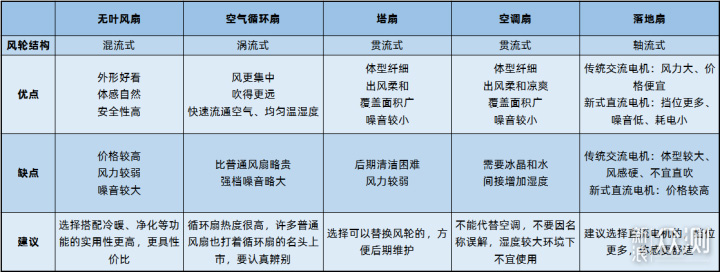
If you have time to listen to me ramble, then I will give you a specific explanation:
1. Bladeless fan

The principle of a bladeless fan is similar to that of a common dry phone in shopping malls, using a mixed flow fan wheel. It was first introduced by Dyson, but it is no longer Dyson's patent. Many brands have launched bladeless fans.
Advantages: Different from traditional fan designs, it has a more attractive appearance and no exposed fan blades, making it relatively safer. In terms of body feel, it is closer to natural wind.
Disadvantages: Due to its complex structure and high technical difficulty, the current price is generally higher, with weaker wind power and slightly higher noise.
Purchase suggestion: Considering that bladeless fans are generally more expensive, it is recommended to choose a combination of cooling, heating, purification and other functions for higher practicality and cost-effectiveness.
2. Air circulation fan
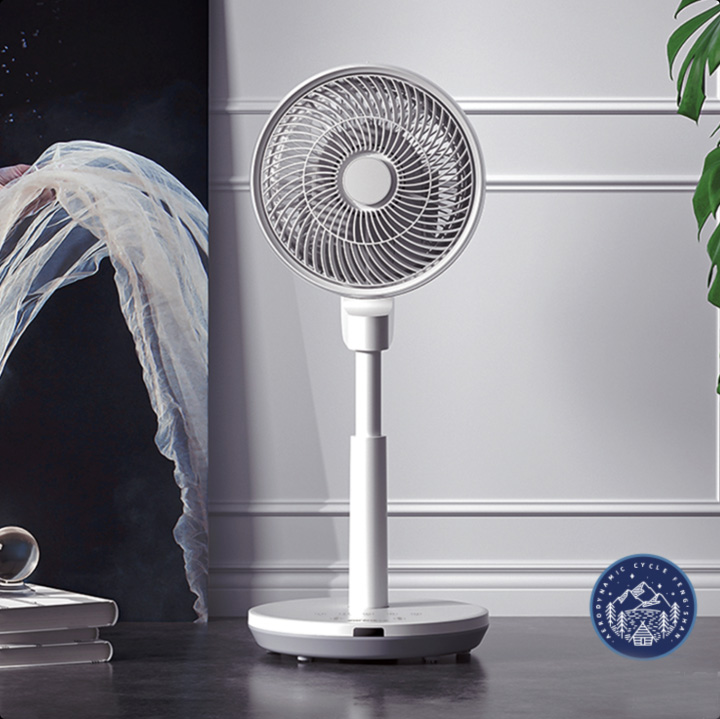
The biggest difference between an air circulation fan and a traditional fan is that it has a "big head", which is its gathering duct. Through vortex airflow circulation technology, it gathers and enhances the air flow speed, allowing the wind to blow further. At the same time, it is combined with up, down, left and right shaking of the head to better stir the indoor air and form indoor air circulation.
Advantages: The blown air is more concentrated, and the supply distance is also farther, which helps to quickly circulate air and evenly distribute indoor temperature and humidity.
Disadvantages: Strong wind power, slightly more expensive than regular fans, and slightly louder noise in the highest gear.
Purchase suggestion: As air circulation fans are still an emerging product, their popularity has been increasing in the past two years. Many ordinary fans are also marketed under the name of circulation fans, so it is important to carefully identify them.
3. Tower fan
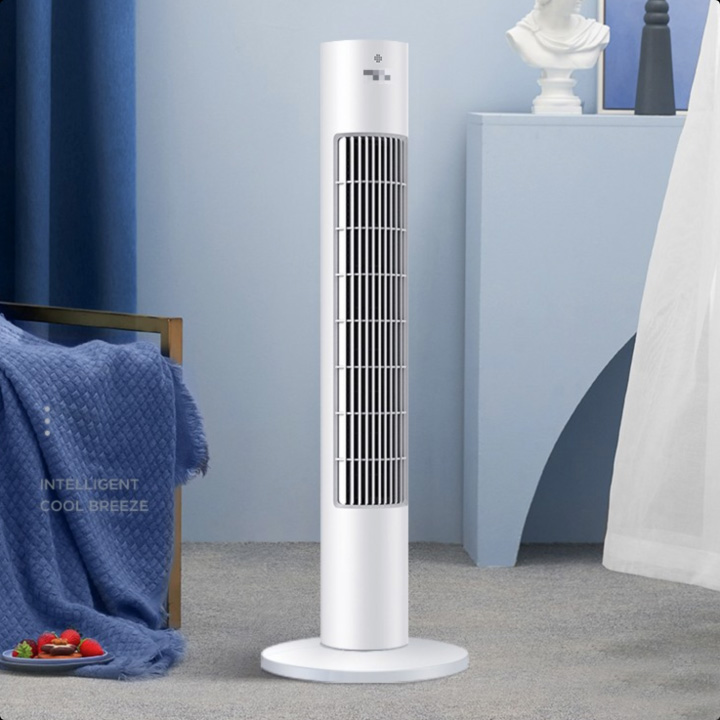
The tower fan adopts a through flow fan drum, which is similar to the structure of an air conditioner. The wind will continuously dissipate with the rotation of the fan drum and the shaking of the machine's head, resulting in a softer body feel.
Advantages: Compared to traditional floor fans, the body shape is much slimmer, with a large air outlet, soft and wide coverage, and low noise, making it suitable for use during sleep.
Disadvantages: Due to the large number of internal fan blades in the wind drum, it is easy to accumulate dust, making it difficult to clean in the later stage, and the wind force is weak, which is not suitable for those who prefer high air volume.
Purchase suggestion: Currently, some brands of tower fans can replace their internal wind drums. It is recommended to choose one that can replace the wind drum for easy maintenance in the later stage.
4. Air conditioning fan
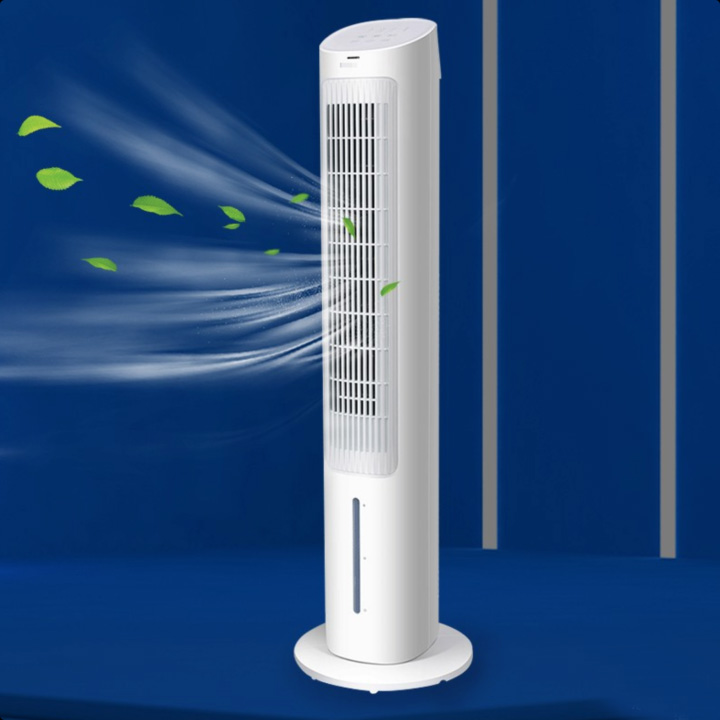
The structure of an air conditioning fan is similar to that of a tower fan. A water tank and a water curtain are added at the bottom and back, respectively. Frozen ice crystals are added to the water tank, which cools the air blown out and can reduce the indoor temperature to a certain extent.
Advantages: In addition to the advantages of a tower fan, the air conditioning fan blows cooler air, which helps to reduce indoor temperature.
Disadvantages: The use is relatively cumbersome, requiring regular addition of water and replacement of frozen ice crystals, which to some extent increases indoor humidity. If the indoor humidity is high, it should not be used.
Purchase suggestion: Although air conditioning fans have the words "air conditioning", they cannot replace air conditioning. Do not misunderstand the name and should not be used in environments with high humidity.
5. Floor fan
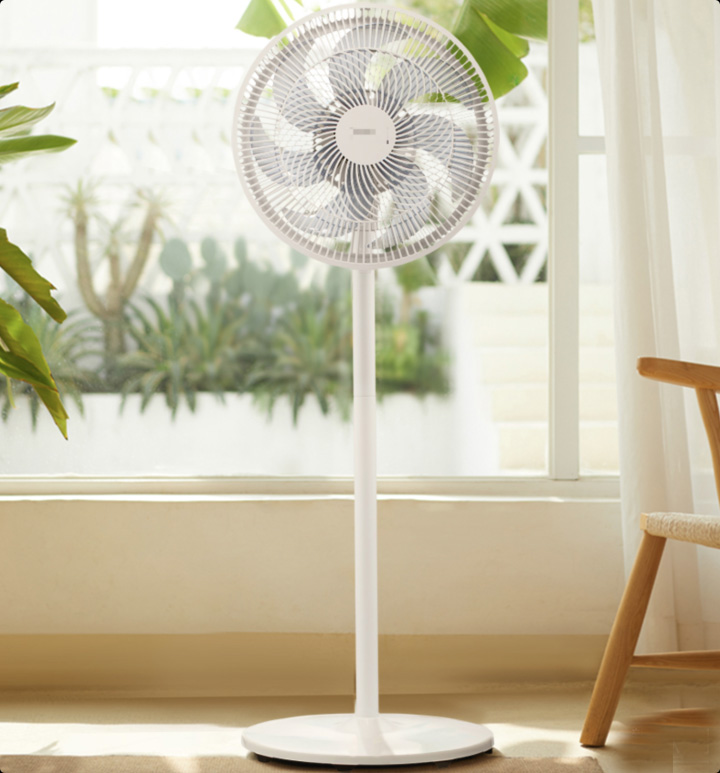
The floor to ceiling fan adopts an axial flow fan wheel, and the angle of inclination between the fan blades and the shaft is smaller than that of the air circulation fan. According to the type of motor, it can be divided into AC motor fans and DC motor fans.
Advantages: Traditional AC motor fans have high wind power and are inexpensive; The new DC motor has more fan gears, low noise, and low power consumption.
Disadvantages: Traditional AC motor fans are generally larger in size, have a hard wind sensation, and are not suitable for direct blowing; The new type of DC motor fan is generally more expensive due to the high cost of the motor.
Purchase suggestion: It is recommended to choose a floor fan with a DC motor, which has more gears and a more comfortable feel.